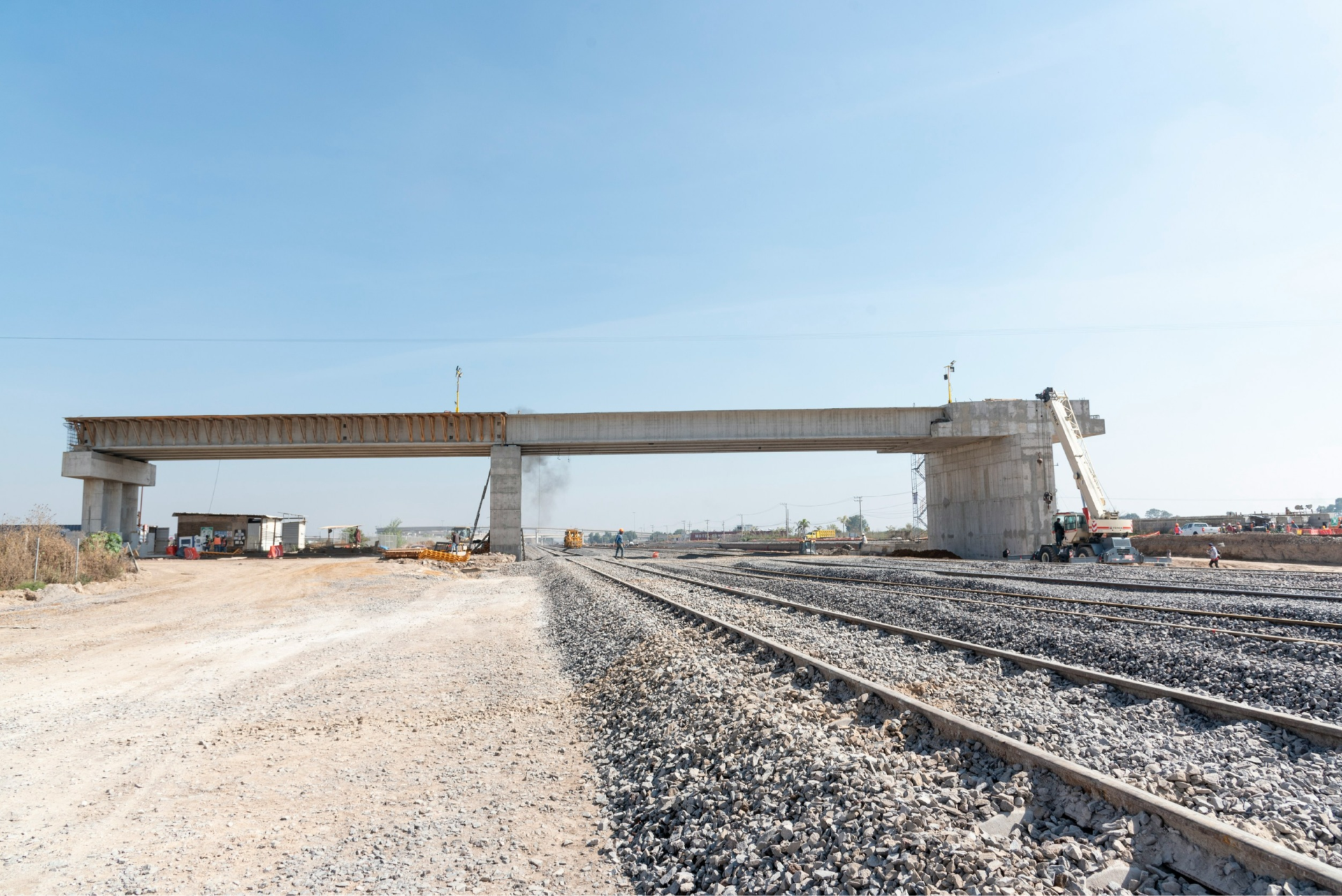Applications of Ground Penetrating Radar in Railway Infrastructure
In the realm of railway infrastructure, the integration of geophysics, particularly Ground Penetrating Radar (GPR), has emerged as a critical tool for improving construction, maintenance, and safety. By providing detailed subsurface information, GPR enables engineers and planners to make informed decisions and optimize railway networks. This article explores the diverse applications of GPR in the context of railways, from trackbed assessment and maintenance to utility detection and asset management.

1. Trackbed Assessment and Design:
Ground Penetrating Radar plays a crucial role in trackbed assessment and design for railway projects. By surveying the subsurface, GPR can identify soil characteristics, moisture content, and geological features that may affect track stability and performance. GPR data enables engineers to evaluate the condition of the trackbed, detect potential defects such as voids or subsurface erosion, and assess the suitability of the ground for construction or rehabilitation. This information is essential for designing resilient and durable track structures that can withstand the dynamic loads and environmental conditions experienced by railways.
2. Pavement Analysis and Maintenance:
GPR is instrumental in pavement analysis and maintenance along railway tracks, offering insights into the condition of ballast, subballast, and underlying layers. By measuring pavement thickness, detecting voids, and assessing moisture levels, GPR helps engineers evaluate the structural integrity of the trackbed and prioritize maintenance activities. GPR data can identify areas of trackbed settlement, ballast contamination, or subgrade instability, enabling timely repairs and preventative measures to enhance railway safety and performance. Additionally, GPR surveys can assess the effectiveness of track maintenance interventions, such as tamping or ballast replacement, optimizing maintenance strategies to extend the service life of railway infrastructure.
3. Utility Detection and Mapping:
In railway corridors, the accurate detection and mapping of underground utilities are essential for avoiding conflicts and minimizing disruptions during construction and maintenance activities. GPR is highly effective in detecting buried pipes, cables, and other subsurface infrastructure, providing precise location data without the need for excavation. By integrating GPR surveys into utility mapping workflows, engineers can identify potential conflicts and plan railway projects with greater efficiency and safety. Moreover, GPR can assess the condition of underground utilities, identifying corrosion, leaks, or other defects that may require attention to ensure reliable service and minimize the risk of service interruptions.
4. Asset Management and Monitoring:
Ground Penetrating Radar supports asset management and monitoring efforts for railway networks, enabling operators to optimize maintenance strategies and allocate resources effectively. By conducting regular GPR surveys, operators can monitor changes in trackbed condition, subsurface infrastructure, and environmental factors that may impact railway performance over time. This data-driven approach facilitates proactive maintenance planning, allowing operators to address emerging issues before they escalate into costly repairs or safety hazards. Furthermore, GPR data can inform asset management strategies, such as lifecycle cost analysis and predictive maintenance, to optimize the long-term sustainability and resilience of railway infrastructure.
Ground Penetrating Radar has become an indispensable tool for enhancing the construction, maintenance, and safety of railway networks. From trackbed assessment and pavement analysis to utility detection and asset management, GPR provides critical insights into subsurface conditions and infrastructure assets. As technology continues to advance, the integration of GPR is poised to further optimize railway infrastructure, driving innovation and efficiency in transportation systems worldwide.
